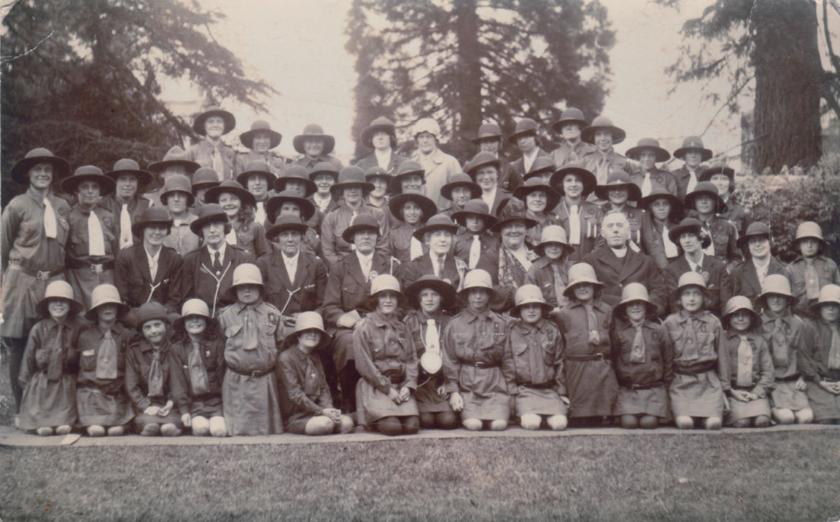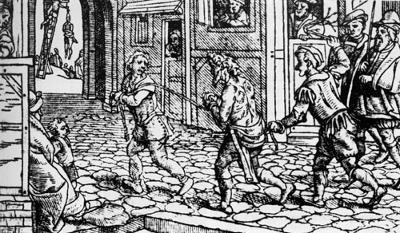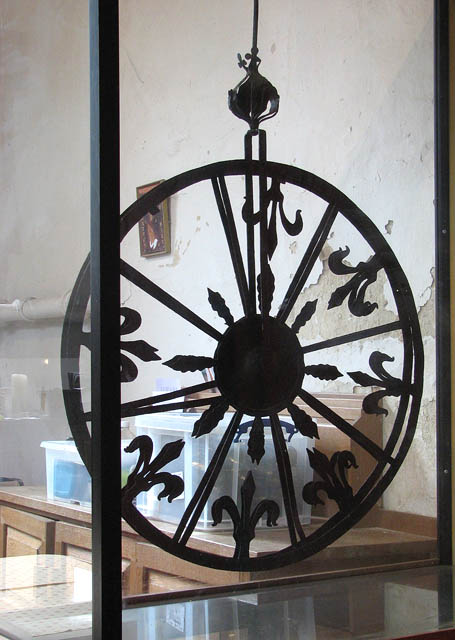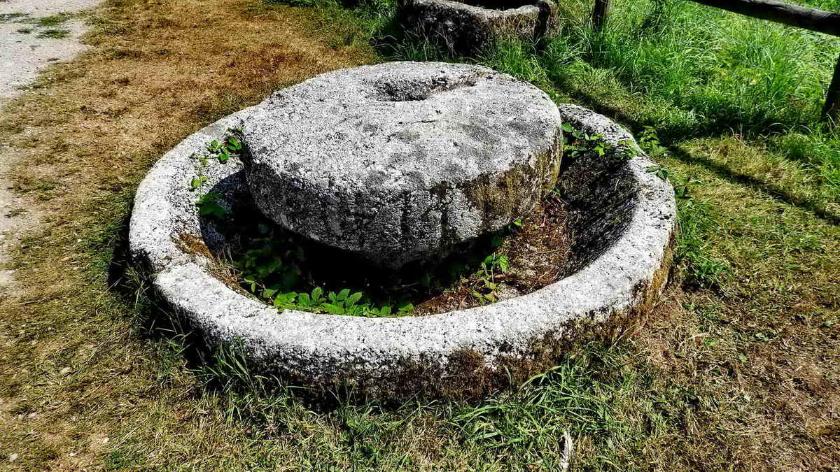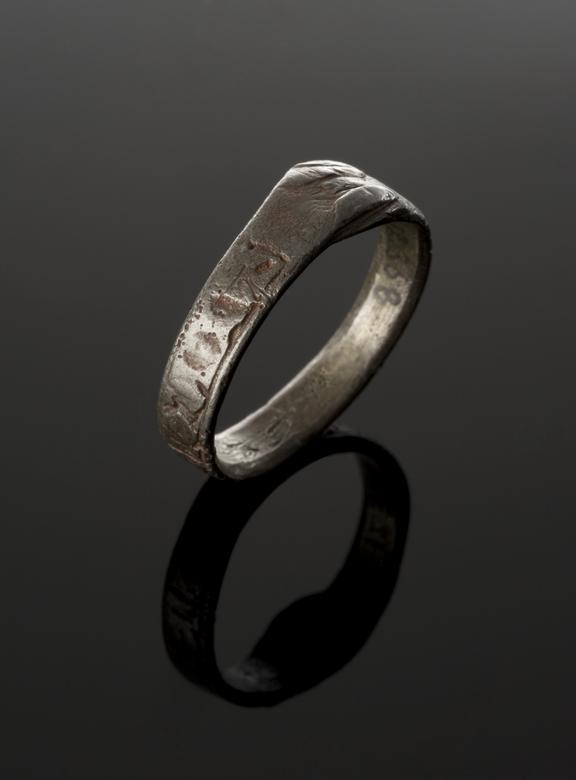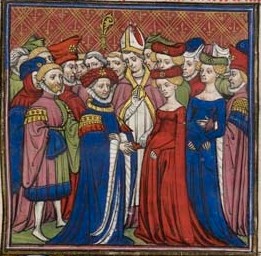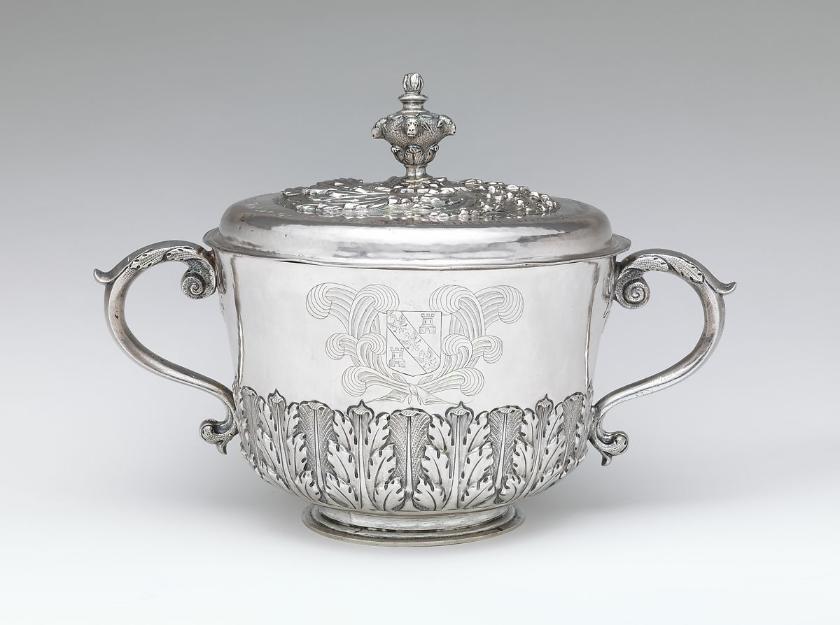Mistress Ford also gives Alice a parchment on which is written:
How the Good Wife Taught Her Daughter
It begins, 'Dear daughter if thou wilt be a good wife live lowly; love God and go to church when you can; don't let the rain stop thee, for thou farest best the day thou hast seen God
Well proveth that God loveth
Willingly pay tithe and give freely to the poor, for seldom is that house poor where God is steward, for he well storeth him that honoureth the poor
In church pray, and not chatter to friend or relative, and scorn neither old nor young, but be courteous to all
Through thy fair bearing
Thy worship hath increasing
Love thy husband above all earthly things; answer him meekly and he will love thee
A fair word and meek
Doth his wrath slake
Be cheerful of speech, and gentle of mood, true in word and deed, and in conscience good. Be well mannered and not a romp, or rude or ready to swear, In walking the street don't toss thy head or wriggle thy shoulders
For she that catcheth an ill name
It is to her a foul shame
In town don't gad about from house to house, or get drunk on your cloth money. If in a place where good ale is going, drink moderately, that you fall into no blame
She that is oft drunk,
Thrift is from her sunk.
Wisely govern thy household; be not too sharp or too easy; set them first doing what needs doing most. Let them not be idle when your husband is absent; mark who doeth much or little; and quit them accordingly. When need be great, and time short, set to work thyself, and all will be better for it,
For many hands and wight (nimble),
Make heavy work light.
Look after thy household when at work, and if thy see a fault amend it at once. See everything right when work is done, and forget not to take thy keys thyself; be wise and trust no-one better than thyself. At term days pay the household and be generous to them whether they remain with thee or leave:
Thy good name is to thy friends
Great Joy and gladness.
Housewife, thy shall work diligently on work days, for pride, waste and idleness make waste and on Holy days thou shalt well worship God; care thou
More for God's friendship
Than for the world's worship?
If thou be a rich wife, welcome thy neighbours with meat, drink, and honest cheer, to each after his degree, and help the poor man. But daughter, be careful; make not thy husband poor with spending and pride: a man must spend as he hath;
Bleed and wren, according to his veins.
If thy children rebel, and are saucy, don't curse them but take a smart rod and beat them until they cry mercy and acknowledge their guilt. As soon as daughters are born begin to collect goods for their marriage;
For maidens be lovely,
But to keep they be untrusty.
Now, have them taught as thy mother did thee; think hereon night and day, and what man weds thee, he shall not repent;
Better were a child unborn,
Than a child untaught.
May Christ, and Mary, and all the angels bless thee; may all the Patriarchs', Prophets', and our Ancestors' blessings be with thee, and well may thou thrive my dear child,
For well is the child,
That with sin will not be filled.'
